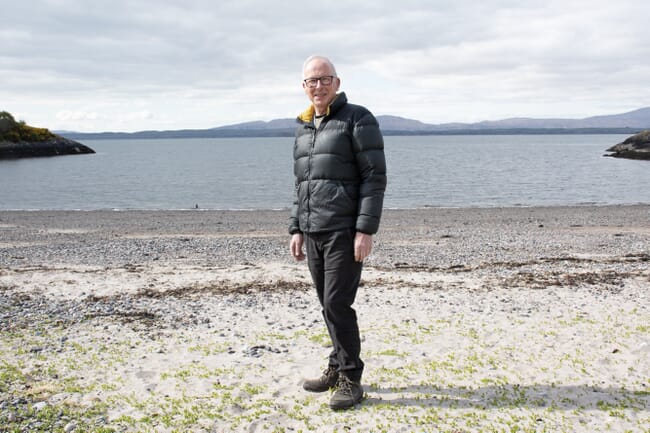
Marine scientists are warning that large parts of the ocean are heading towards a state of permanent heatwave, as average global sea temperatures rise.
An international team of researchers, including Professor Michael Burrows of the Scottish Association for Marine Science (SAMS) in Oban, have called for increased monitoring of ocean temperatures in order to improve marine heatwave forecasting, in a new paper published in the multidisciplinary scientific journal Nature.
Marine heatwaves are defined as at least five consecutive days when sea temperatures are in the top 10 percent of temperatures for that day of the year. They can have devastating effects on ocean life, particularly corals and other species that are fixed in one location and cannot avoid the area of increased temperature. Heatwaves also have an impact on aquaculture and fishing industries, which would benefit from accurate forecasting.
“We are seeing an increase in the occurrence and intensity of marine heatwaves all over the world, not just in the more tropical regions,” said Professor Burrows in a release from SAMS.
“Off northern UK, we had a marine heatwave that lasted 237 days, from August 2022 to April 2023. Then, after a brief period of more normal temperatures, there was a rapid and intense 39-day heatwave in June and July that saw sea surface temperatures nearly three degrees Celsius higher than normal,” he explained.
Professor Burrows commented that the frequency and intensity of these marine heatwaves has increased to the point where we may be approaching a state of continuous marine heating.
“With nearly 80% of the last year as a marine heatwave in the UK, there is now a debate about whether we should shift the baseline from which we detect marine heatwaves. The baseline on which we based the definition of a heatwave was taken from the average temperatures between 1980 and 2013. Just 10 years on from the end of that period, it seems we may have entered a ‘new normal’ of ocean temperatures,” he said.
The warning comes as the planet looks likely to enter a period of El Niño, a climate phenomenon seen every few years, further increasing ocean temperatures. During previous El Niño events, marine heatwaves have occurred more frequently, and have led to detrimental impacts on major fisheries, changes to the habitat of certain marine species, and severe coral bleaching.
Professor Burrows addressed the potential impacts of the heating events on the aquaculture and fisheries industries, saying: “Aquaculture may need to change husbandry practices and change harvesting to be in advance of anticipated damaging heatwaves. Fisheries may need to reduce catch limits to protect heat-stressed stocks, and change practices during climate-enforced reduced activity.
“To really understand the impacts of marine heatwaves, we should scale-up monitoring efforts to characterize conditions before, during and after an event, including physical, chemical, and biodiversity measurement at multiple temporal and spatial scales,” added Burrows, in a call for increased marine monitoring.
“As a politician, as a researcher, or as an industry manager – if the information is there but you choose not to take steps to prepare, then really you are neglecting to look after your future,” said Dr Alistair Hobday, the lead author of the paper, in the official release from SAMS.




